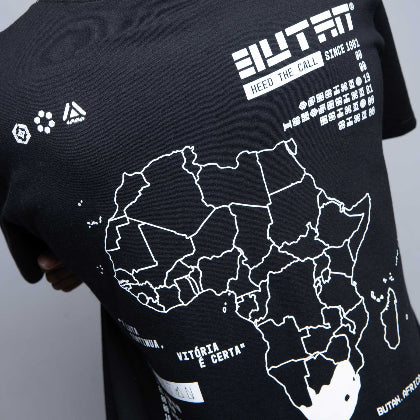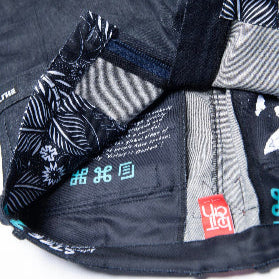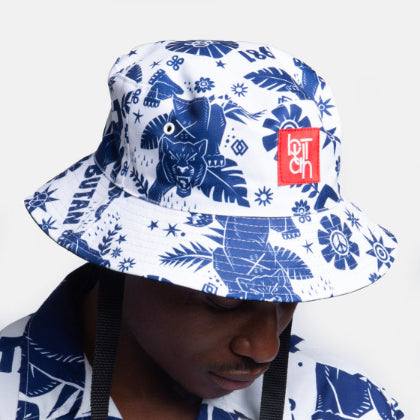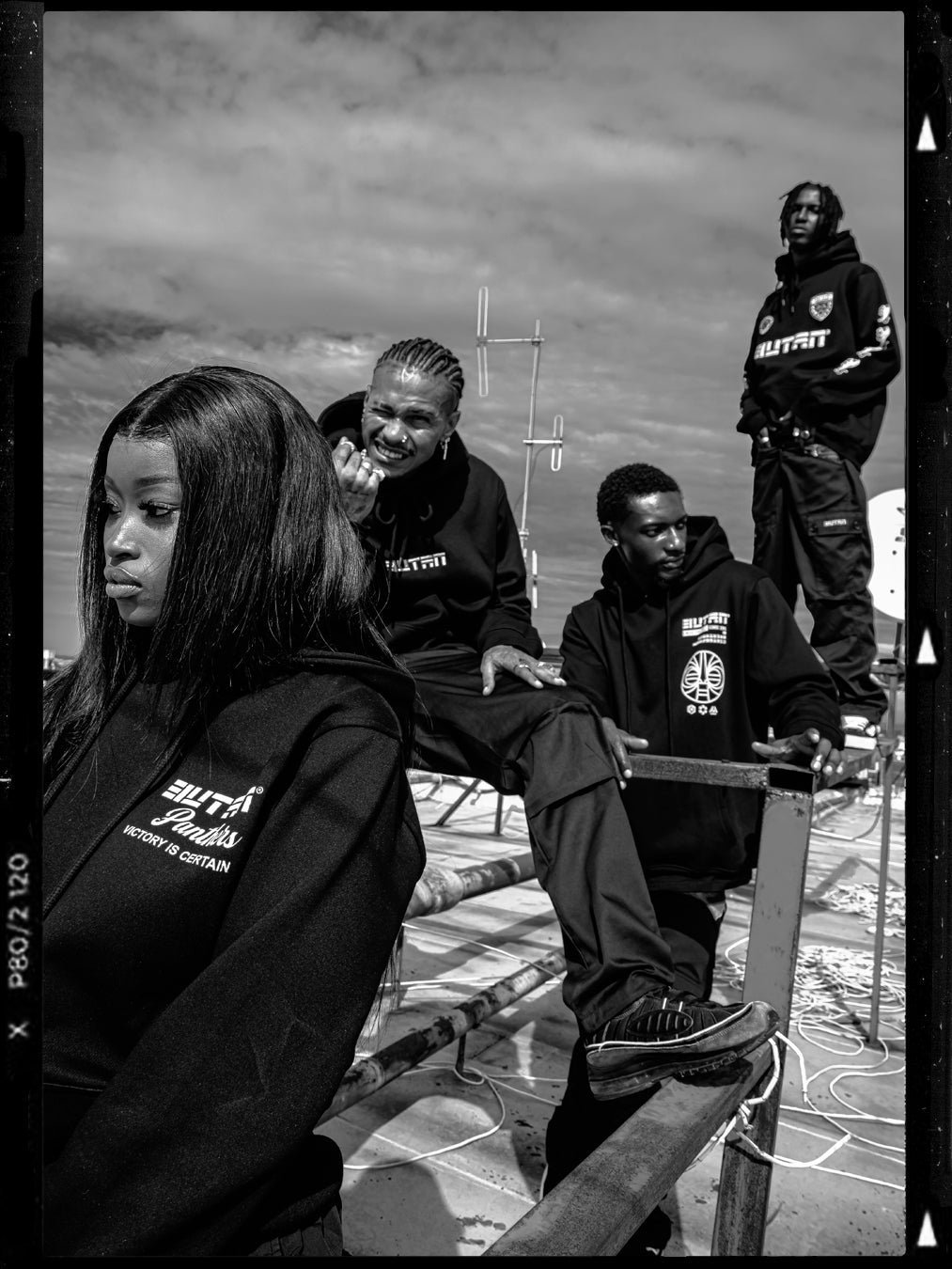From Cyphers to Capsules: The Rise of South African Hip Hop & Butan’s Street Legacy
In the 1990s, hip hop didn’t knock politely on South Africa’s door — it kicked it down.
From cassette decks to concrete corridors, it found its rhythm in struggle and expression. But what started as underground poetry quickly evolved into a full-blown street culture movement — with Butan growing in lockstep beside it.
🎤 The 90s: Resistance in Rhythm
South African pioneers like Prophets of da City, Brasse Vannie Kaap, and later Amu and Godessa, weren’t just rapping — they were documenting life post-apartheid.
In the U.S., Tupac, Nas, and Lauryn Hill were reshaping consciousness; in SA, our emcees were translating township truths into verses.
This was the genesis of SA hip hop — and the streets took notice.
Graffiti-covered notebooks, ciphers after school, pirated tapes — hip hop lived in movement, language, and what you wore.
🎶 Kwaito: Our Own Kind of Hip Hop
While boom bap and lyrical dexterity defined hip hop globally, Kwaito gave SA its own dialect of style and rhythm.
Slower, heavier, and rooted in the township heartbeat, Kwaito became the people’s voice — with artists like Boom Shaka, Mdu, TKZee, and Brenda Fassie leading the charge.
They weren’t mimicking the Bronx — they were creating eKasi royalty.
🧥 Butan: Born From the Streets, Built for the Culture
Founded in the early 2000s, Butan Wear emerged as a visual response to the language of hip hop.
Not just influenced by it — a part of it.
From bold prints to pan-African colour codes, the brand spoke directly to those who grew up between rap verses and Kwaito hooks.
It gave fashion meaning — and the streets something that felt authentically ours.
❄️ The Latest Drop: Butan Winter 2025 — A 2000s Revival
This winter, Butan reaches back to a different golden era — the 2000s.
A time when mixtapes ruled, DVDs were gospel, and style was loud on purpose. Baggy jeans, football-inspired prints, militant motifs — these weren’t trends. They were statements.
The Butan Winter 2025 Drop is steeped in that energy:
- The Africa Unite Hoodie shouts pan-African power with football crest energy.
- The Pride Hoodie pulls from Tupac’s pen, echoing the pride in the panther.
- The Aluta Mask series reclaims cultural identity with lino-cut protest art.
- The Space Range reimagines African ancestry as celestial and sovereign.
This isn’t nostalgia — this is relevance reborn.

📣 The Echo Lives On
Today, the influence of 90s and 2000s hip hop still defines street culture — and Butan is still telling the story, one stitched symbol at a time.
From rooftop cyphers in Jozi to dusty alleyways in Cape Town, the movement continues — in hoodies, in bars, in beats, in pride.
Because real culture doesn’t fade. It evolves.
#ButanWinter2025 #GoldenEraDrip #KwaitoToCapsule #FromTheCypherToTheCut #ButanLegacy





